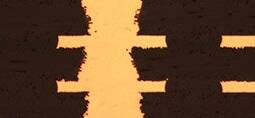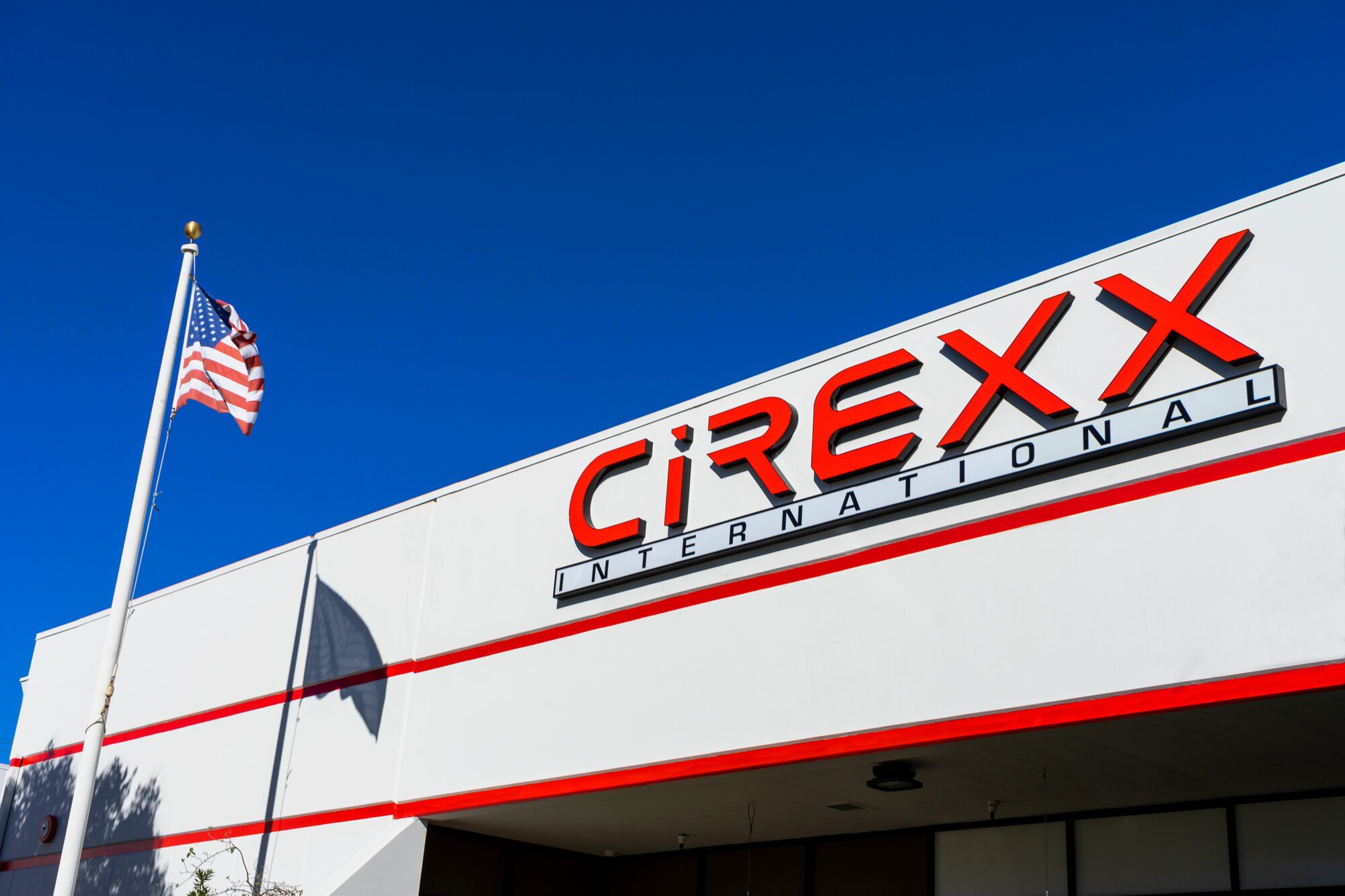Sequential Lamination Overview
Sequential lamination is a cornerstone of advanced PCB manufacturing, especially for high-density interconnect (HDI) boards that need to pack a lot of electronics into a small space.
Sequential Lamination Overview
Sequential lamination is a cornerstone of advanced PCB manufacturing, especially for high-density interconnect (HDI) boards that need to pack a lot of electronics into a small space.
Sequential lamination is a specialized technique used in the production of High-Density Interconnect (HDI) circuit boards. This method involves meticulously stacking layers of copper and insulating materials in a specific sequence. The goal is to construct multi-layer PCBs that are both compact and highly efficient.
| Starting with the Foundation Layer: |
|
| Drilling and Plating: |
|
| Adding Copper Layers: |
|
| Layering and Laminating: |
|
| Repeating the Process: |
|
Note: Sequential lamination is indispensable when it comes to routing fine-pitch, densely-packed designs. This technique often overlaps with via in-pad technology, streamlining the design flow in densely routed layouts.
Stacked Vias Overview
Stacked vias are essential for modern PCB designs such as HDI boards. They ensure that the various PCB layers communicate effectively.

What Is a Stacked Via?
A stacked via consists of a series of connections within a PCB. These connections stack vertically, utilizing a specialized copper plating process.

| Starting Point: |
|
| Layer Building: |
|
| Incorporating Dielectric: |
|
| Laser Precision: |
|
| Copper Plating: |
|
Note: The use of stacked vias, especially in high-density miniaturized designs, underlines the growing need for this technology in contemporary electronics. As devices become more compact and the demand for performance rises, tools like stacked vias become essential.
Both sequential lamination and stacked vias are critical tools in PCB manufacturing, enabling the design of complex, multilayer boards. However, they serve distinct purposes based on the project’s demands.
Sequential lamination is ideal for detailed multilayer PCBs, especially HDI boards. It’s the go-to for high-speed or high-frequency designs where clear signal transmission is essential.
On the other hand, stacked vias are favored for compact designs, playing a vital role in miniaturization. They’re perfect for PCBs that need direct connections across several layers and those requiring better heat management.
In short, while both techniques are invaluable in PCB design, their application hinges on the unique needs of each project.
Lead times are a vital factor to account for when considering the intricacies of PCB production, particularly for sequential lamination and stacked vias. Given the meticulous nature of these processes, each additional feature integrated within a PCB design necessitates an added lead time of approximately three days.
Cirexx’s Expertise in Sequential Lamination and Stacked Vias
Navigating the complexities of sequential lamination and stacked vias is no small task. That’s where Cirexx shines. Our expertise in these specialized areas ensures your PCB projects achieve unparalleled precision and performance. Whether you’re new to these techniques or seeking advanced consultation, our team is ready to assist. We’re committed to delivering tailored solutions that align seamlessly with your unique requirements.

Cirexx Is Your Sequential Lamination and Stacked Vias Manufacturer
Nestled in the heart of Silicon Valley, Cirexx stands tall with 43 years of specialization in PCBs, including sequential lamination and stacked vias. Our Santa Clara facility uniquely combines layout, fabrication, and assembly — a testament to our integrated approach. With a seasoned team boasting an average of 24 years in the field, we’re your reliable partner for precision, efficiency, and full-scale project integration.

Need a Quote?
To get started, just provide us with the specifics of your project. This includes design specifications, quantity, and any unique requirements you might have. We’re here to simplify the process and ensure your needs are met with precision and efficiency.
